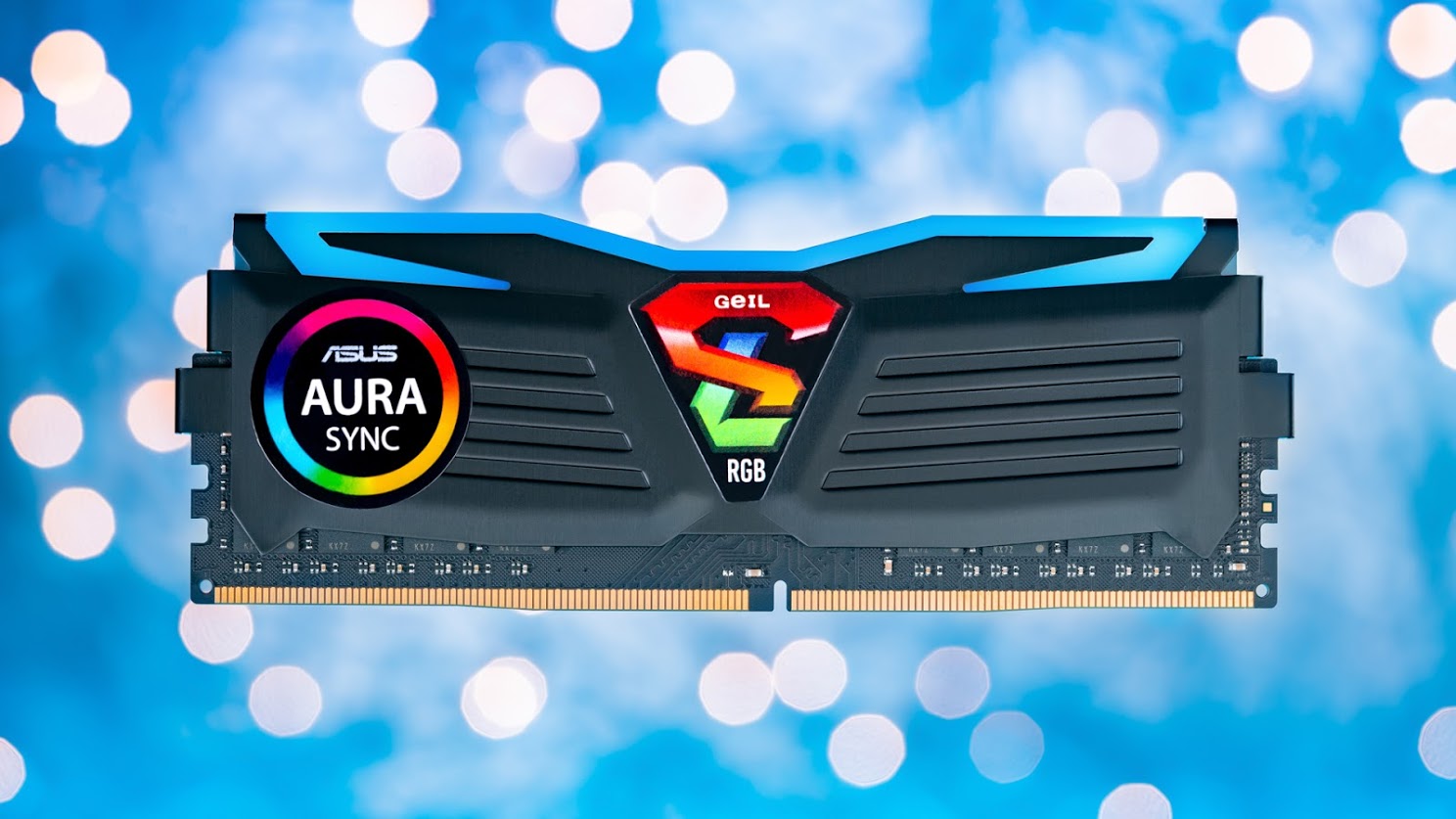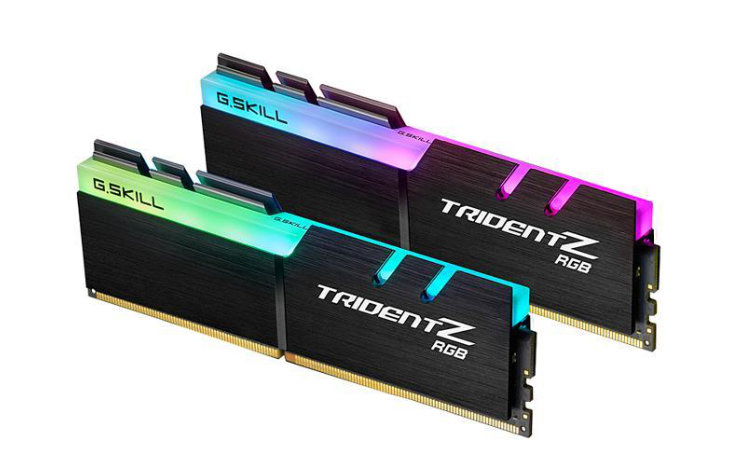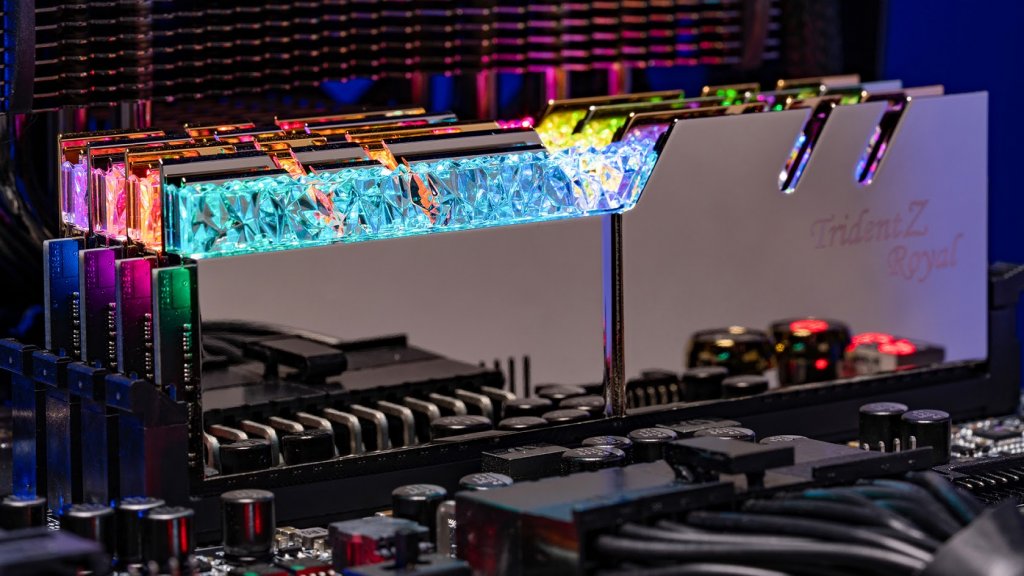
Several factors affect your PC’s performance. The central processing unit (CPU), or processor, is an important and obvious one – it’s clear that the faster the CPU, the faster your PC will perform. Storage is another, with solid-state drives (SSDs) performing much faster than old-school spinning hard disk drives (HDDs). Another important performance factor is RAM, or memory, speed. Not all RAM is created equal, with some being much faster than others. The difference won’t be apparent to the typical user mainly browsing the web, but if you’re a gamer or creative professional, then RAM speed could be important.
This guide will introduce you to the idea of RAM speed and provide a basic overview of how it affects PC performance.
 RAM Parameters
RAM Parameters
The first component of RAM speed, and the most cited, is its data transfer rate. This is simply the amount of data that the RAM can pass to and from your CPU. Today, most RAM is called Double Data Rate (DDR) RAM with a number after the acronym that shows its generation. For example, DDR4 for the fourth and current generation. After that, there is a number that designates the speed it can perform at measured in Megahertz (MHz), or millions of cycles per second.
As this guide is being written, RAM speeds vary from DDR4-1600 (or a 1,600MHz data rate) to DDR4-3200 (or a 3,200MHz data rate). You’ll also see RAM written as a PC4 specification, which is the data rate times eight. So, DDR4-1600 might also be called PC4-12800, and DDR4-3200 might also be called PC4-25600.
With all of that said, the faster the data rate, the faster the RAM. That much is simple enough. Modern RAM runs best when it’s installed in matched memory module pairs – that’s the “Double Data Rate” part of DDR4. If just a single memory module is installed, or mismatched modules are used, then the data rate will be half of the specification. For example, DDR4-3200 would run at just 1,600MHz.
The next component of RAM speed that you might find listed for a memory module is the timing or latency rate. This can get extremely complicated, so we won’t be covering it in detail here, but you’ll see numbers formatted like 7-8-8-24 when reading RAM specifications. These four numbers refer to the time it takes the RAM to perform certain functions. Basically, the smaller these numbers the faster the RAM will perform.
 What it means for your PC
What it means for your PC
As we said before, the faster your RAM, the more data can be fed to and from your CPU, storage, and in the case of integrated graphics that use system RAM, the graphical processing unit (GPU) every second. A discrete GPU will have its own memory, designated as some generation of Video RAM or VRAM; for example, video RAM currently tops out at GDDR6.
While RAM speed is important, it’s better to have more RAM than faster RAM. If you’re configuring your PC and have budget constraints, then you might find it economical to buy more RAM that’s rated at a slower speed than fewer, faster modules. If you’re wondering how much RAM to buy, then check out our other RAM guide.
 Faster RAM is better, but not vital
Faster RAM is better, but not vital
To stress the point, it’s always better to have faster components – if you can afford it. But RAM speed is less important for most people than CPU, GPU, and storage performance, and again, it’s better to have more RAM than faster RAM. If you’re looking to upgrade your PC to make it faster, then spending your money on extra RAM modules, a faster CPU, more powerful GPU, or an SSD instead of an HDD, will give you more bang for your buck.
